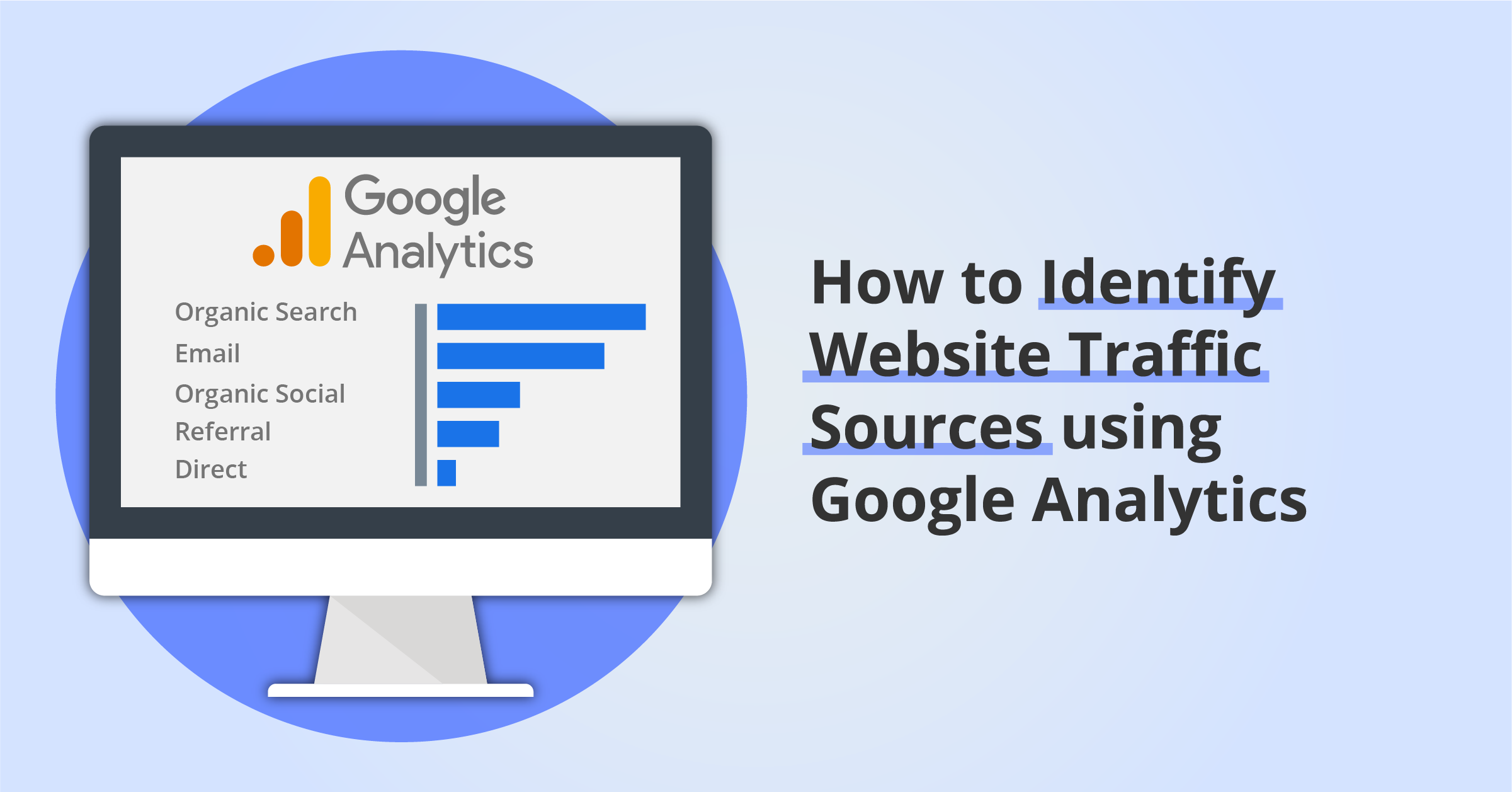The Duty of Secondary Dimensions in Google Analytics: Meaning and Insights for Advanced Information Analysis
The Duty of Secondary Dimensions in Google Analytics: Meaning and Insights for Advanced Information Analysis
Blog Article
Harnessing the Power of Secondary Dimension in Google Analytics to Fine-tune Your Advertising And Marketing Strategy and Drive Outcomes
In the realm of digital marketing, the capability to adjust approaches and accomplish substantial outcomes is critical for services striving to remain competitive in today's landscape. Leveraging the power of additional dimensions within Google Analytics opens a realm of possibilities for online marketers seeking to get much deeper understandings into customer habits and customize their campaigns with precision. By discovering hidden patterns and refining audience division, businesses can craft targeted approaches that reverberate with their customers on an extensive level. The prospective to measure project performance with a granular lens better stresses the significance of using this device to drive success.
Comprehending Secondary Dimensions
When examining data in Google Analytics, understanding second measurements is important for acquiring much deeper insights into individual habits and site efficiency. Primary measurements offer fundamental information such as the number of customers or sessions, yet second measurements use an even more in-depth view by permitting customers to sector and assess data even more. By adding a secondary measurement, marketing experts can fine-tune their evaluation and uncover useful patterns that may have or else gone undetected.
Secondary dimensions in Google Analytics can be related to various metrics such as website traffic resources, customer demographics, and habits flow. For example, by integrating the main dimension of 'landing web pages' with the additional dimension of 'tool group,' online marketers can figure out which devices are driving web traffic to certain touchdown pages. This info can assist optimize website style and web content for much better customer experience across various gadgets
Studying Customer Habits Patterns
To efficiently recognize customer actions patterns, a thorough analysis of data within Google Analytics is essential. By delving into customer actions patterns, marketers can gain important understandings into just how visitors communicate with their website, which pages are most interesting, and where possible bottlenecks or drop-off factors may exist in the conversion channel. Google Analytics uses a series of tools to analyze individual actions, such as actions circulation records, event tracking, and objective funnels.
Habits flow reports offer a visual representation of how individuals browse through the site, showing the most usual courses customers take in addition to where they hand over. Event tracking allows marketers to check particular interactions on the website, such as button clicks or video clip views, providing a deeper understanding of user interaction. Goal funnels track the actions users take towards completing a particular objective, highlighting locations for enhancement in the conversion process.
Enhancing Target Market Segmentation
Upon analyzing customer habits patterns, marketing professionals can further maximize their methods by improving target market segmentation techniques in Google Analytics. Audience division permits the classification of site site visitors right into specific teams based upon different features such as demographics, actions, and rate of interests. By making use of Google Analytics' secondary measurements, marketing professionals can refine these sections also further to obtain deeper insights into their target market's actions and choices.
Enhancing target market division enables marketing professionals to produce more targeted and individualized advertising and marketing projects. By recognizing distinct customer groups, marketers can tailor their messaging, content, and provides to much better reverberate with each segment's distinct attributes and needs. This degree of customization can considerably improve involvement, conversion rates, and overall advertising performance.
In addition, through enhanced target market segmentation, marketing experts can better recognize the consumer journey and optimize touchpoints along the path to conversion. By assessing how various segments right here communicate with the site and advertising channels, marketers can identify possibilities to boost individual experience, address discomfort factors, and eventually drive more conversions. In general, refining target market division in Google Analytics is an effective strategy for optimizing advertising and marketing efficiency and driving lasting service growth.
Tailoring Marketing Campaigns
Marketing professionals can enhance their advertising and marketing projects by personalizing content and messaging to match the distinct features and requirements of particular audience sections. By leveraging understandings from second dimensions in Google Analytics, marketers can gain a much deeper understanding of their target market's actions, try here choices, and demographics.
Via the evaluation of second dimensions such as traffic sources, tools utilized, or geographic place, marketing experts can fine-tune their messaging to be much more impactful and relevant. By customizing marketing campaigns based on insights from second measurements, services can maximize the effectiveness of their efforts and eventually drive far better ROI.
Determining Project Efficiency

One critical element of determining campaign efficiency is tracking conversions. By establishing goals in Google Analytics, businesses can keep an eye on particular actions taken by customers as an outcome of the campaign, such as buying or signing up for a newsletter. Recognizing the conversion price and the conversion path can give beneficial insights right into the effectiveness of various advertising and marketing channels and messages.
In addition, assessing metrics such as click-through prices, bounce prices, and session period can help marketing professionals evaluate user involvement and the impact of the campaign on web site traffic. By incorporating main metrics with second measurements in Google Analytics, companies can refine their marketing techniques, optimize project efficiency, and drive better results.
Verdict
Finally, using the power of secondary dimensions in Google Analytics can supply valuable understandings into user actions patterns, improve audience division, tailor marketing campaigns, and measure campaign efficiency. By utilizing this function properly, companies Get More Info can refine their advertising approaches and drive better results. It is crucial for online marketers to leverage the data readily available through secondary measurements to make informed choices and enhance their advocate optimal impact.

Report this page